Life
Sign up for our newsletter
We summarize the week's scientific breakthroughs every Thursday.
-
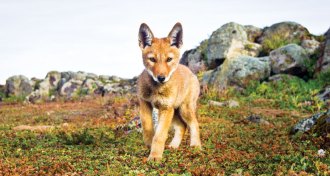 Animals
AnimalsHow oral vaccines could save Ethiopian wolves from extinction
A mass oral vaccination program in Ethiopian wolves could pave the way for other endangered species and help humans, too.
-
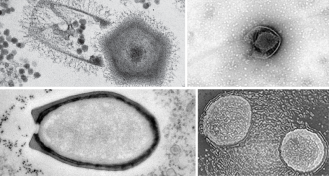 Life
LifeMeet the giants among viruses
For decades, all viruses were thought to be small and simple. But the discovery of more and more giant viruses shows that’s not the case.
-
 Life
LifeInked mice hint at how tattoos persist in people
Tattoos in mice may persist due to an immune response, challenging currently held beliefs about how the skin retains tattoos.
By Dan Garisto -
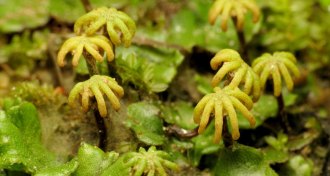 Plants
PlantsLiverwort reproductive organ inspires pipette design
A new pipette is inspired by a plant’s female reproductive structure.
-
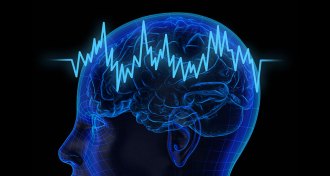 Neuroscience
NeuroscienceBrain waves may focus attention and keep information flowing
Not just by-products of busy nerve cells, brain waves may be key to how the brain operates.
-
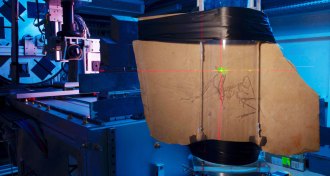 Animals
AnimalsDino-bird had wings made for flapping, not just gliding
Archaeopteryx fossils suggest the dino-birds were capable of flapping their wings in flight.
-
 Neuroscience
NeuroscienceHow biology breaks the ‘cerebral mystique’
The Biological Mind rejects the idea of the brain as the lone organ that makes us who we are. Our body and environment also factor in, Alan Jasanoff says.
-
 Neuroscience
NeuroscienceDepression among new mothers is finally getting some attention
Scientists search new mothers’ minds for clues to postpartum depression.
By Laura Beil -
 Neuroscience
NeuroscienceReaders muse about memory, magnetic monopoles and more
Readers had questions about the physical trace of memory, magnetic monopoles, blowflies and more.
-
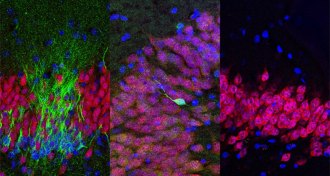 Neuroscience
NeuroscienceThe debate over how long our brains keep making new nerve cells heats up
Adult humans don’t have newborn nerve cells in a memory-related part of the brain, a controversial paper suggests.
-
 Animals
AnimalsThis baby bird fossil gives a rare look at ancient avian development
A 127-million-year-old fossil of a baby bird suggests diversity in how a group of extinct birds grew.
-
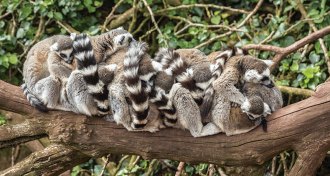 Anthropology
AnthropologyHumans don’t get enough sleep. Just ask other primates.
Short, REM-heavy sleep bouts separate humans from other primates, scientists find. Sleeping on the ground may have a lot to do with it.
By Bruce Bower